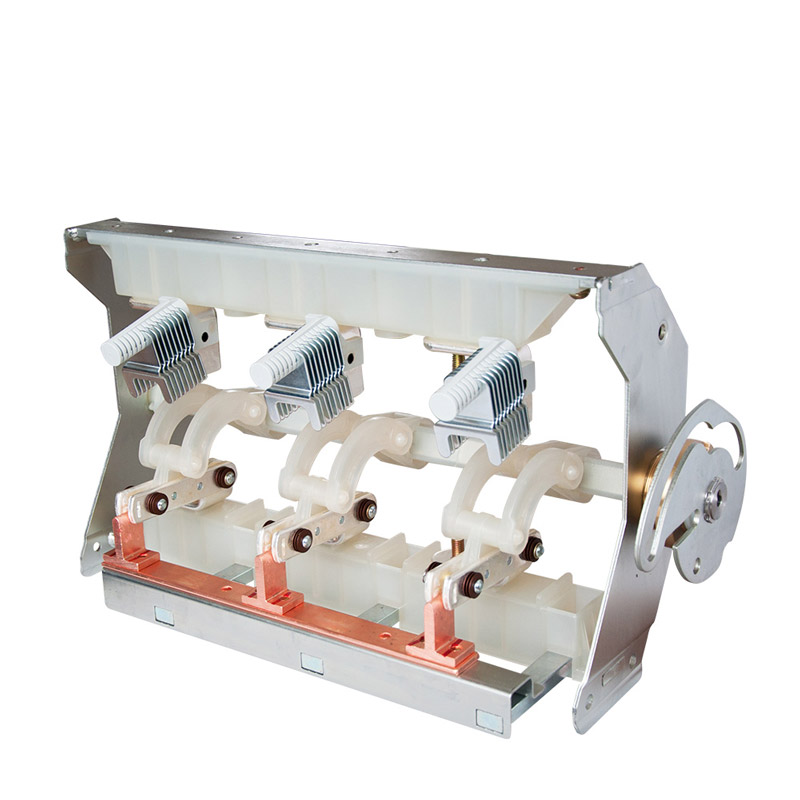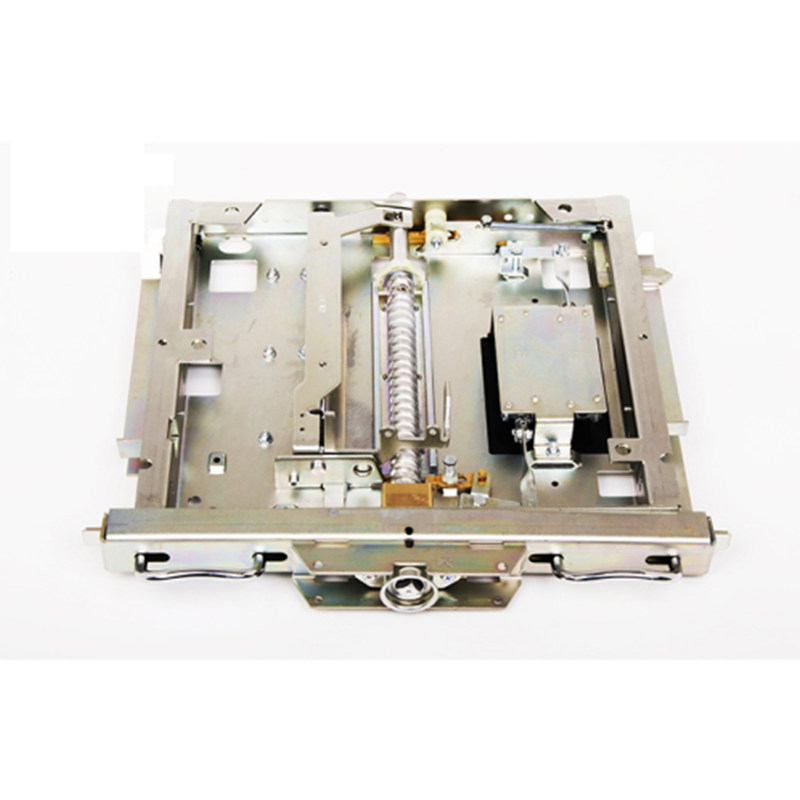Types of load break switches
Types of Load Break Switches
There are different types of load break switches in the current market, which are introduced below.
1、LBS type load break switch
LBS type air load disconnect switches are available in 3.6kV or 7.2kV up to 600 ampere 3-pole and 3.6kV or 7.2k 200 and 400 ampere 3-pole, including power fuse. This LBS air load disconnect switch unit comes with a power fuse, which is also a firing pin, a feature not normally found in LBS.
The firing pin in this switch is a tripping mechanism that works when the fuse blows. Once the fuse is blown, the firing pin opens all 3 poles at the same time. If these types of switches do not include this firing pin feature, then some phases may remain active once the fuse blows, which can lead to dangerous situations. When these switches come with a built-in automatic trip mechanism, the R293B and R290B remote linkage mechanisms are not appropriate.
2. LB type load break switches
This type of air LBS has reduced dimensions and can therefore be connected to compact compartments. In type LB type LBS, higher operational safety and improved interrupting performance can be achieved by rotating the arc contacts and redesigning the interrupting compartment. The different accessories are assembled in a modular system, so that the linkage mechanism, the power fuse frame and the auxiliary switch can simply be included in the switch body when required.
In addition, the split-excitation decoupling mechanism can be integrated into the basic frame. The R293B or R290B remote coupling mechanisms cannot be included in these diverter release mechanisms. The LB air load breakout switch type 200AF 400AF can be connected to a power fuse. However, if this type of LBS has a 400AF rating, then only a power fuse of up to 200 amps is required.
3、RF type load disconnect switch
RF type load break switch can provide 12V or 24V or 36kV equal to 1200Amps 3-pole. This type of LBS includes an auxiliary blade, an interrupter chamber and a main blade. The auxiliary blade is set at the interrupter and attached to the main blade, so it will make contact at the same time as the main blade.
Once the main blade opens, the auxiliary blade will temporarily remain in contact within the interrupter chamber. Once this main blade reaches its travel limit, the auxiliary blade will quickly return to its position against the main blade under the influence of the energy stored in the spring. Thus, even when operated manually, this quick-break device works efficiently, and as the contacts move at high speed, the arc is rapidly extended and cooled in the interrupter chamber.
As the contacts move at high speed, the arc is rapidly extended and cooled by gas inside the interrupter.
4、SF6 negative load breakers
SF6 gas-insulated LBS are mainly used for overhead lines with operating voltages up to 24 kV. These types of switches meet the requirements for maintenance-free and oil-free operation by means of SF6 gas, with the relevant components and equipment connected in their stainless steel and sealed tanks.
These low-brake switches can be operated manually or electrically for fault isolation, automation and remote control to suit power line requirements. reliability and ease of installation.



.jpg)






